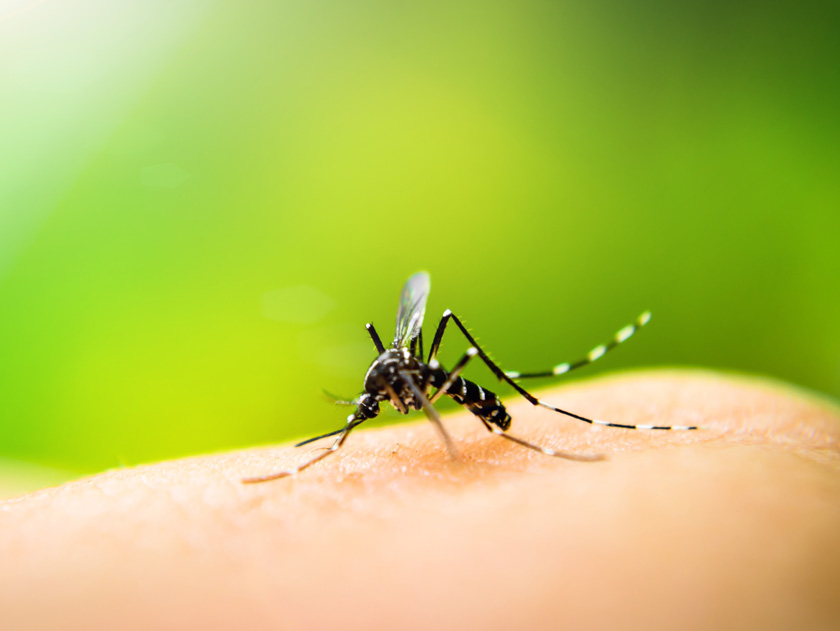- Sections :
- Crime & Public Safety
- Restaurants & Food
- Sports
- More
Low-flying aircraft in the area: Mosquito aerial spraying begins

THE WOODLANDS, Texas -- Aerial spraying for Montgomery County began September 14, 2017.
Since aerial spraying is contingent on weather and wind speed we will see spraying through September 20, 2017, in the dusk till dawn hours.
According to a release from The Woodlands Township, mosquito populations have increased significantly throughout southeast Texas due to the recent flooding from Hurricane Harvey. To address this, the State and Federal Government are conducting aerial spraying in Harris, Montgomery, and Liberty Counties between September 14 and September 20, weather permitting. The Woodlands Township will be sprayed over a course of 2 to 4 days sometime within this period. Spraying will occur in different sections of The Woodlands each night, so spraying will not be seen by all residents every night during the scheduled time frame. Currently, only one aerial treatment is scheduled for each section.
The most up-to-date information is provided by The Texas Department of State Health Services http://dshs.texas.gov/news/updates.shtm
They have an extensive explanation of aerial spraying here http://dshs.texas.gov/news/releases/2017/Questions-AerialMosquitoControl.aspx
The insecticide that will be used is Naled. According to the CDC, when large areas need to be treated quickly aerial spraying is the most effective and does not present a risk to people, pets or other animals. The insecticide is dispersed by airplanes equipped with nozzles that create droplets just the right size to kill mosquitoes. Once any remaining droplets settle to the ground, they quickly break down on surfaces, in water and in sunlight.
The licensed professional will use about an ounce (one to two tablespoons) per acre. If you would prefer to stay inside and close your windows and doors, when spraying takes place you can, but is not necessary.
Here are some ways that you can help eliminate mosquito problems:
- Help eliminate any standing water (even small amounts) to prevent mosquitoes from laying their eggs. If water cannot be eliminated, such as in ornamental water features, use larvicides (available at many retailers) or other control measures to minimize opportunities for breeding. For example, you might be able to add fish that eat larvae to a pond, or add a fountain or aerator to keep the water moving.
- Use window and door screens to keep mosquitoes from entering your home, workplace, or children’s schools.
- Use EPA-registered insect repellents to prevent getting bitten. Products that are EPA-registered have been confirmed to be safe and effective when you follow the directions.
- Dress in light-colored clothing, long pants, and long sleeves.
Before then continue to monitor www.mctxoem.org for any further information.

















